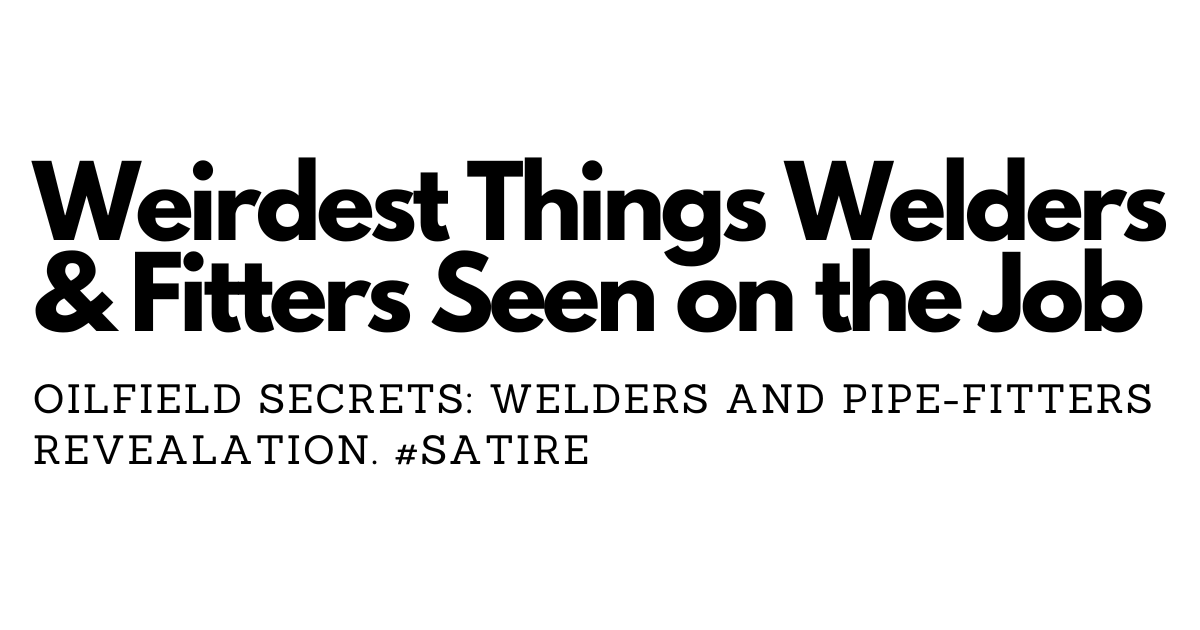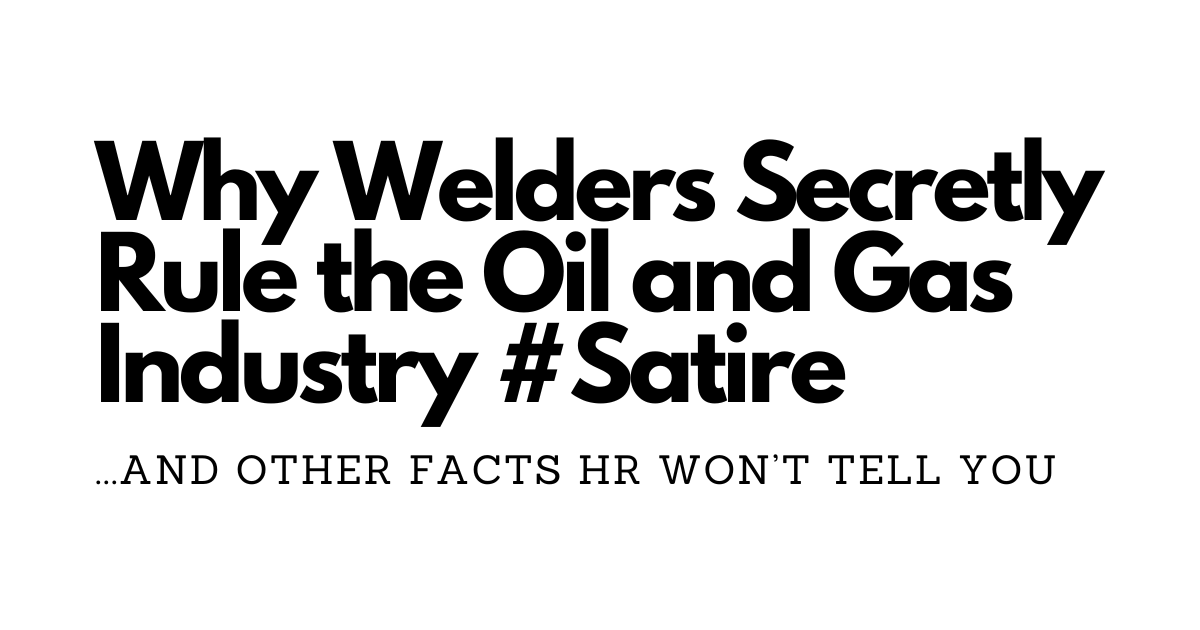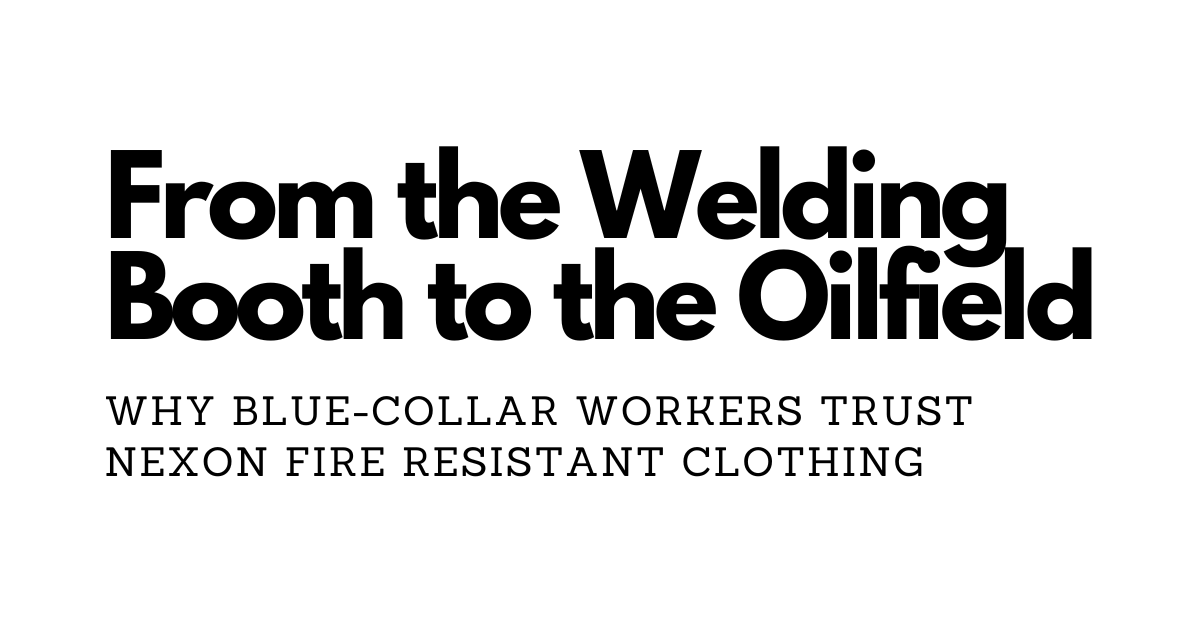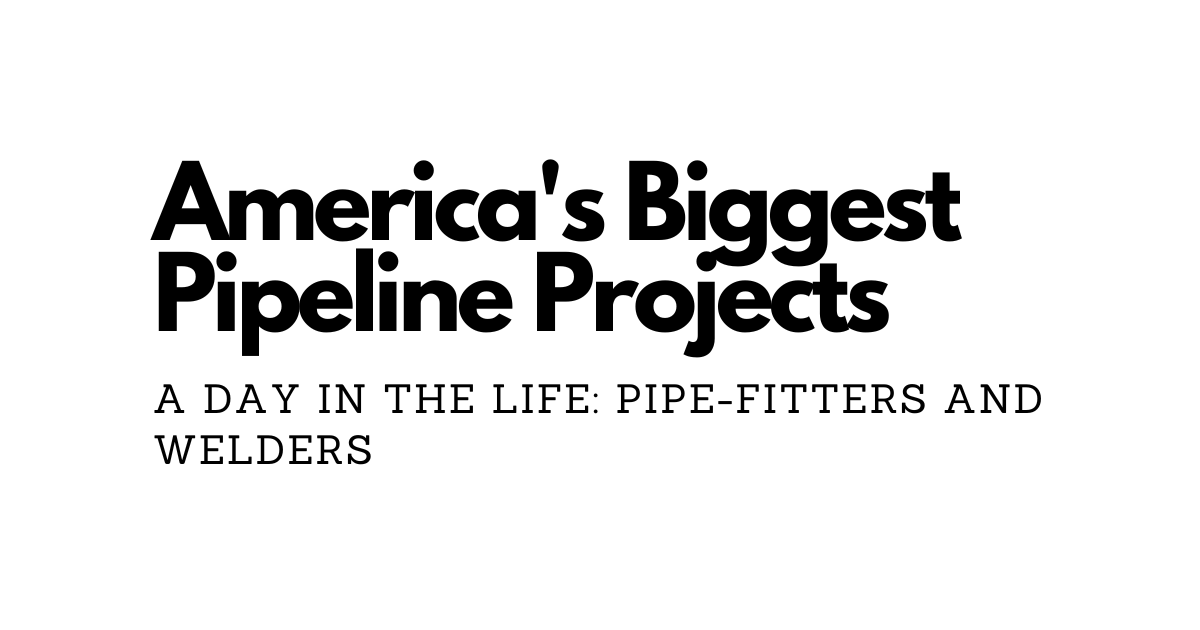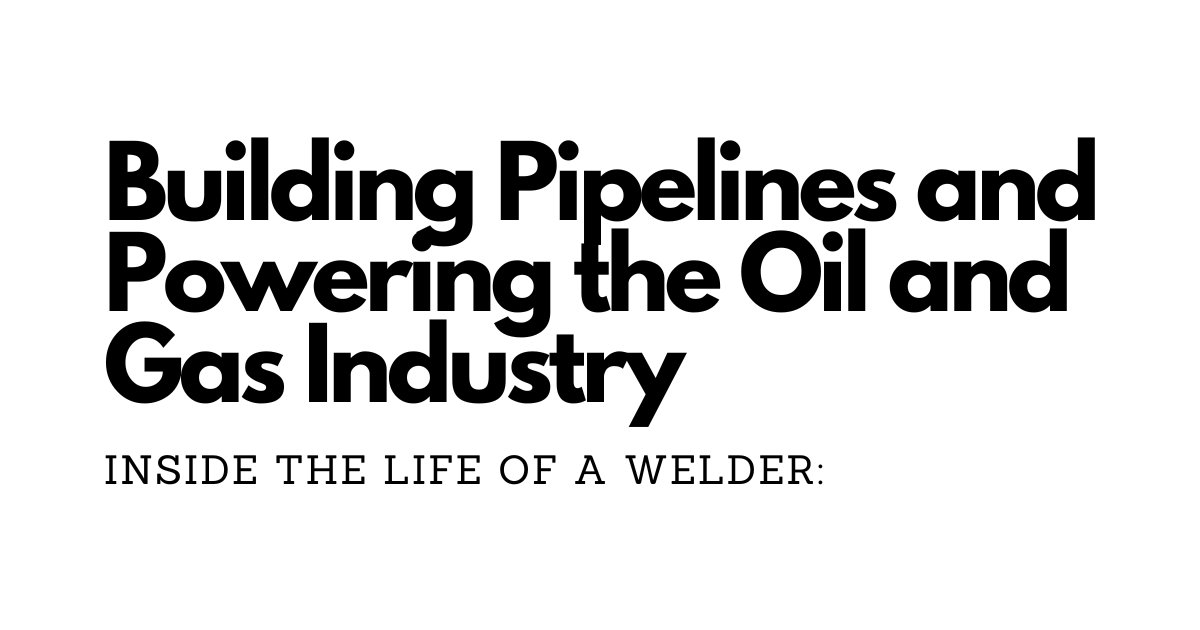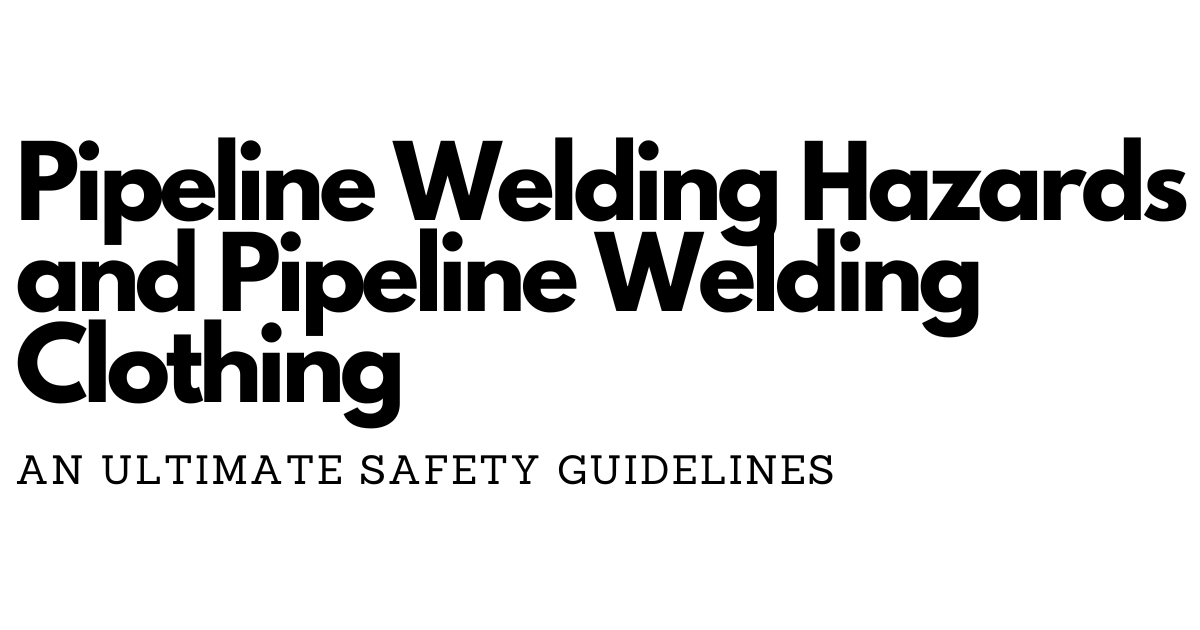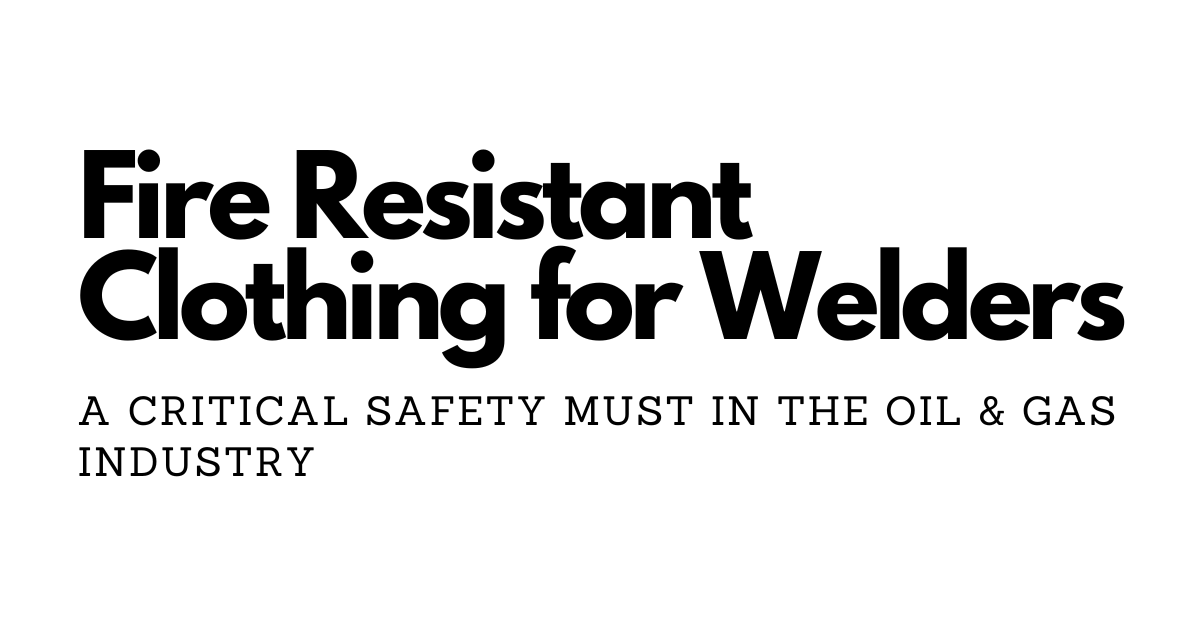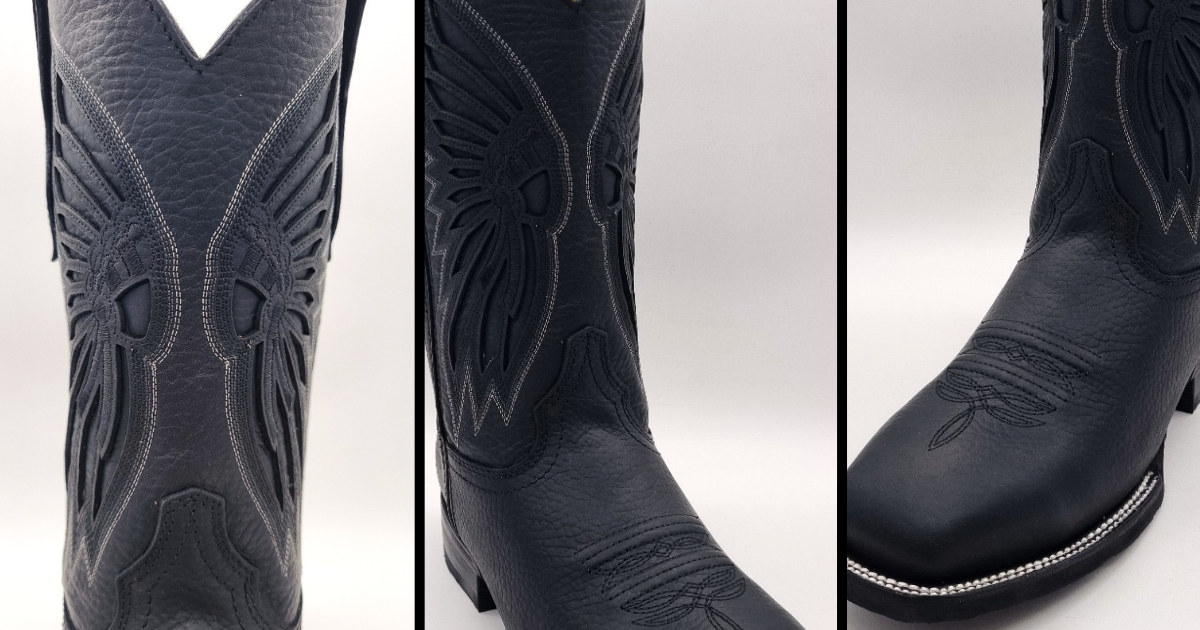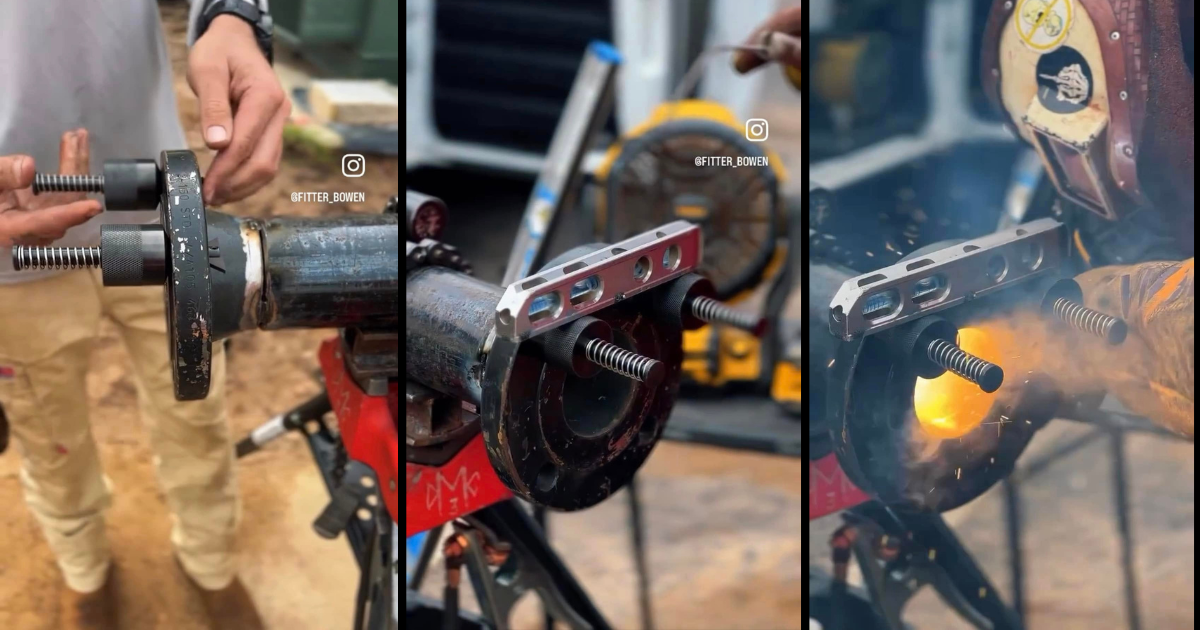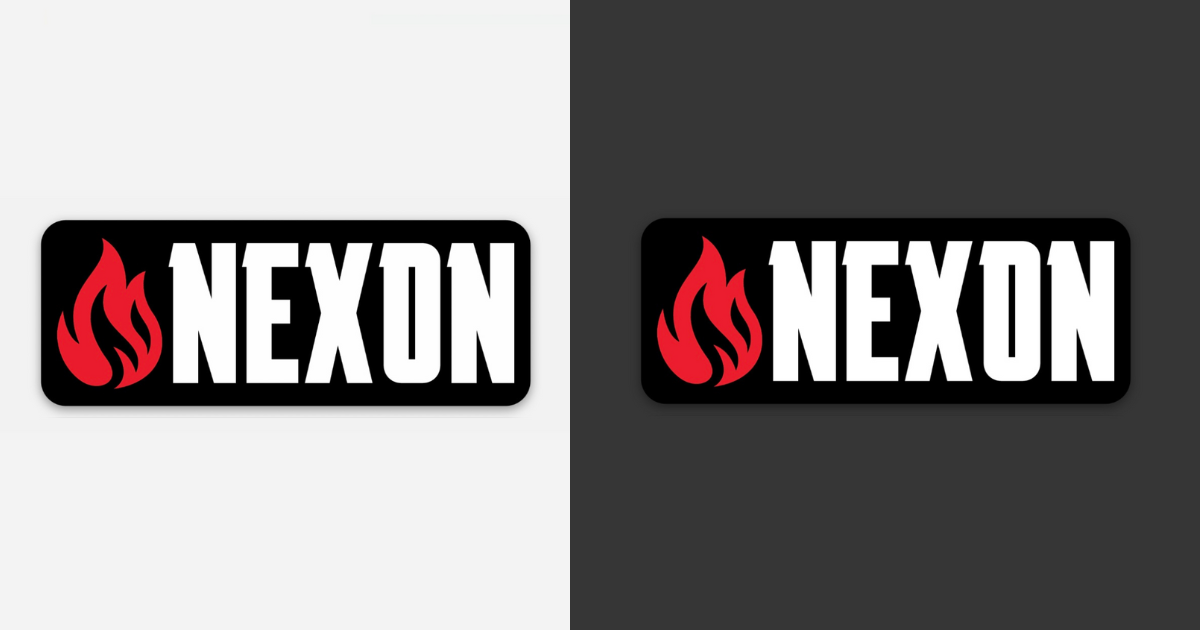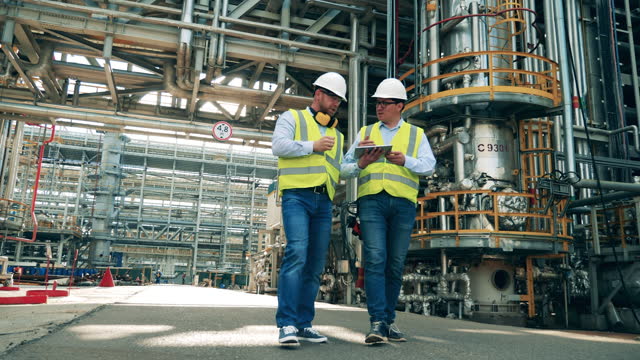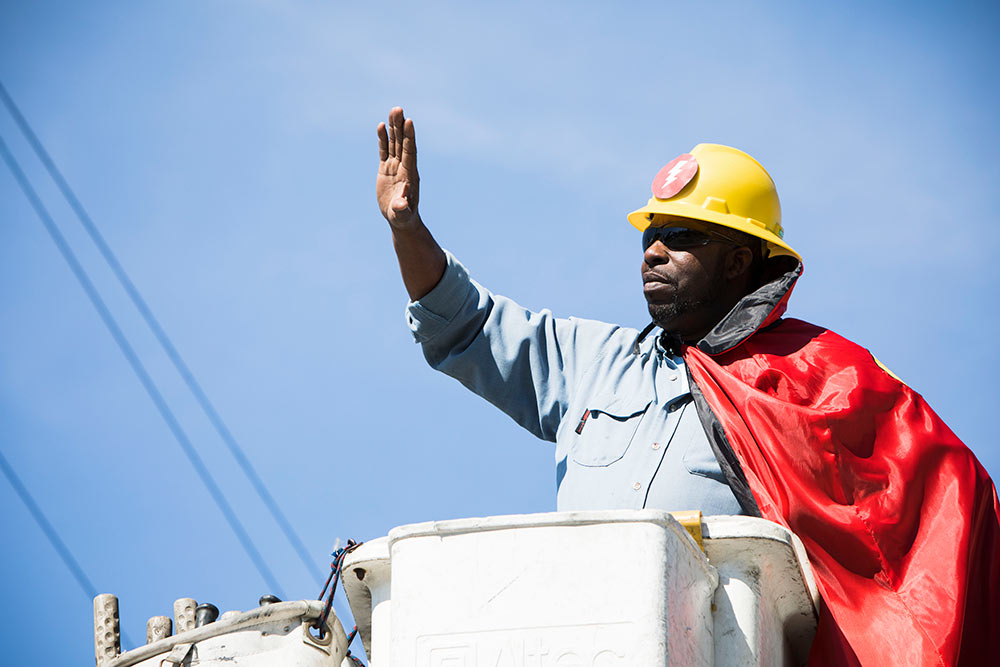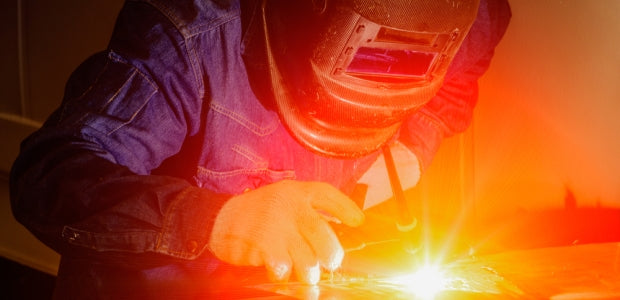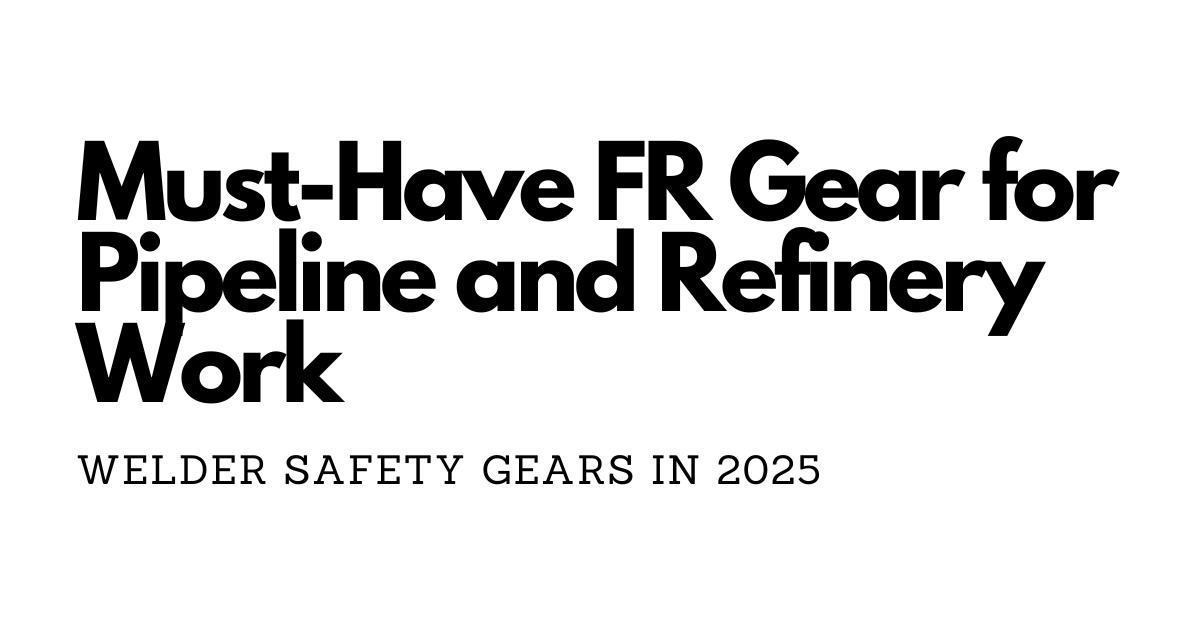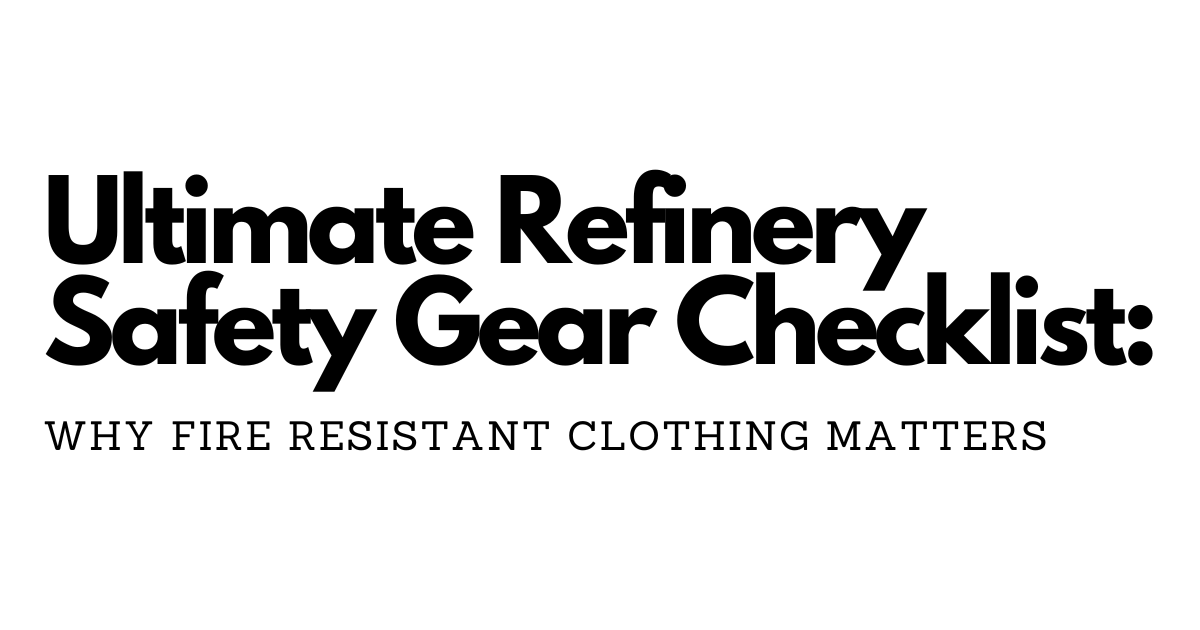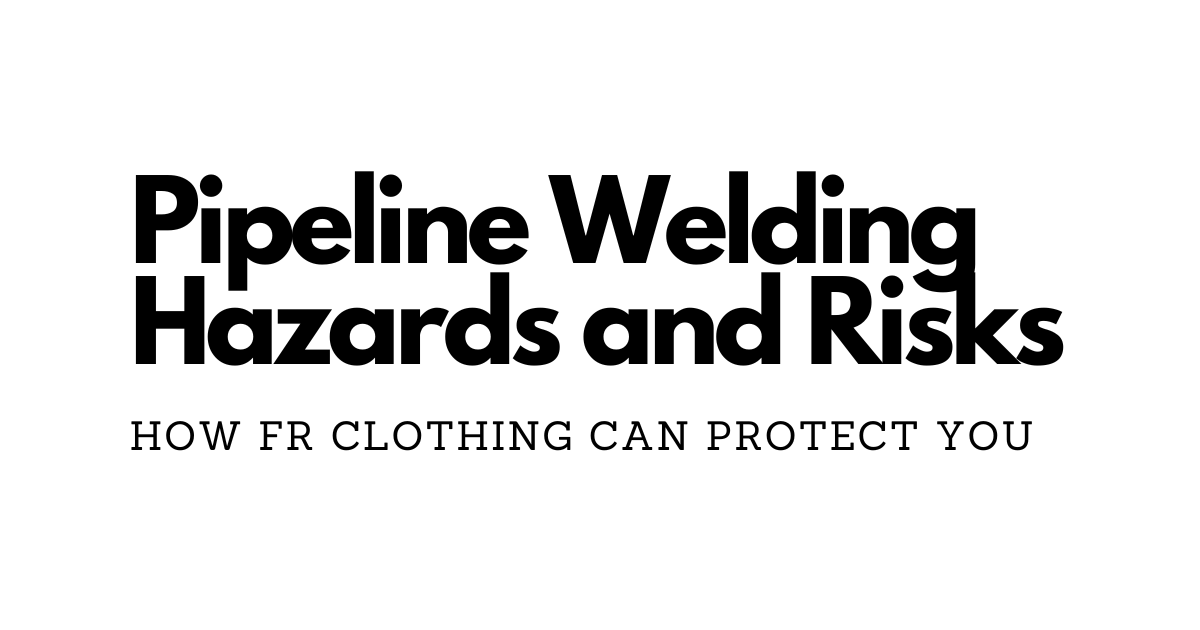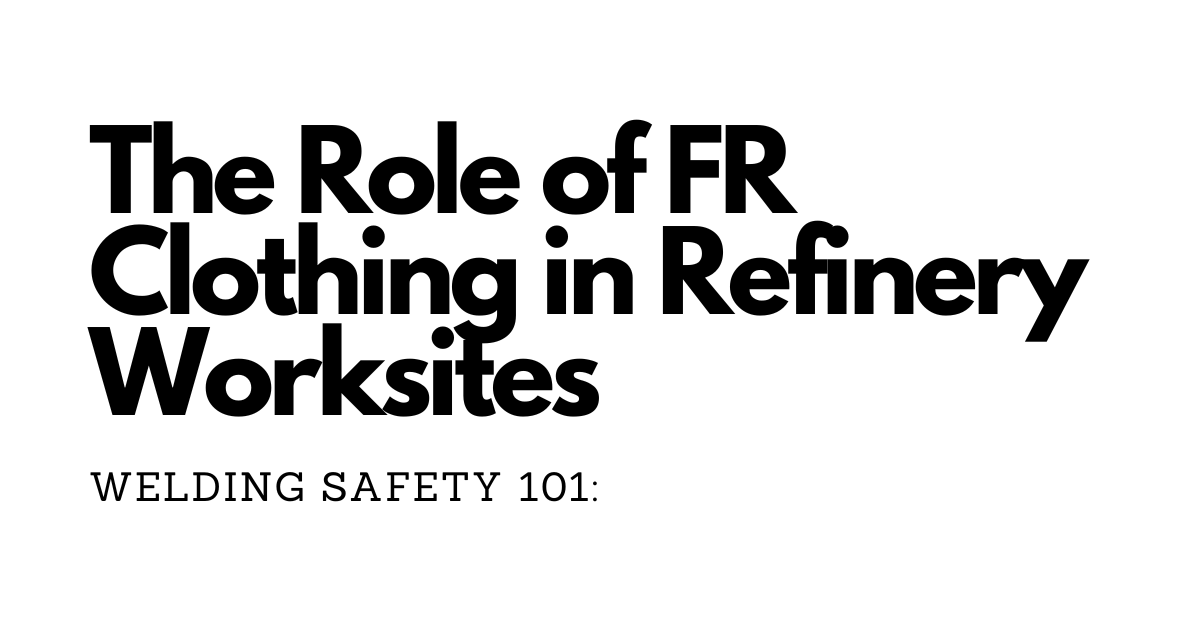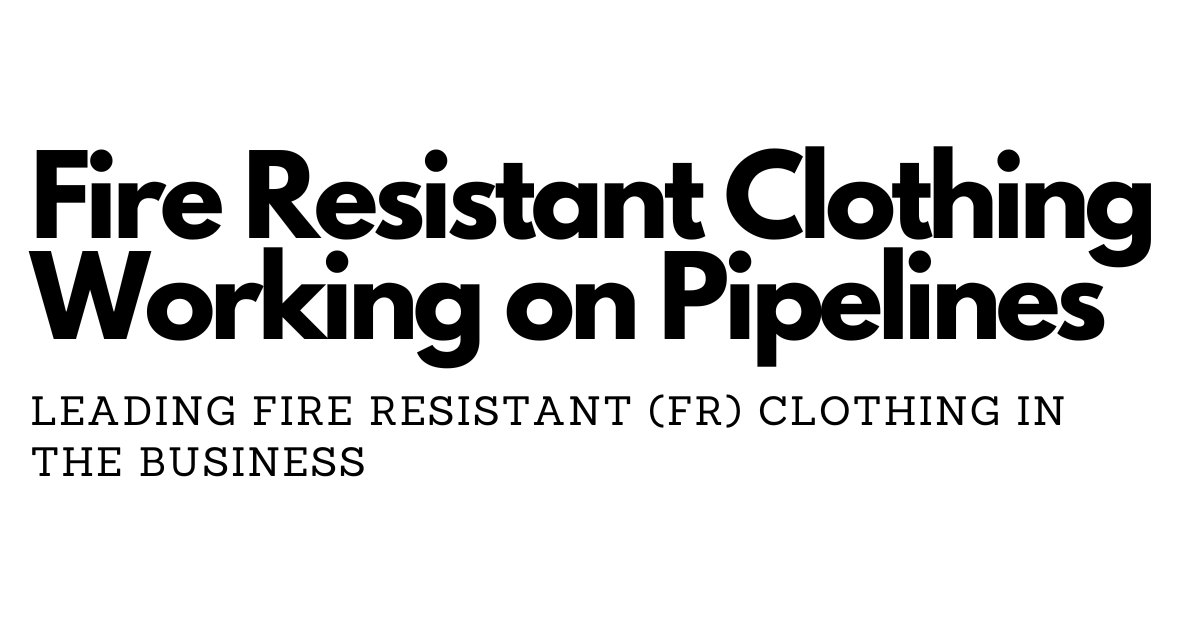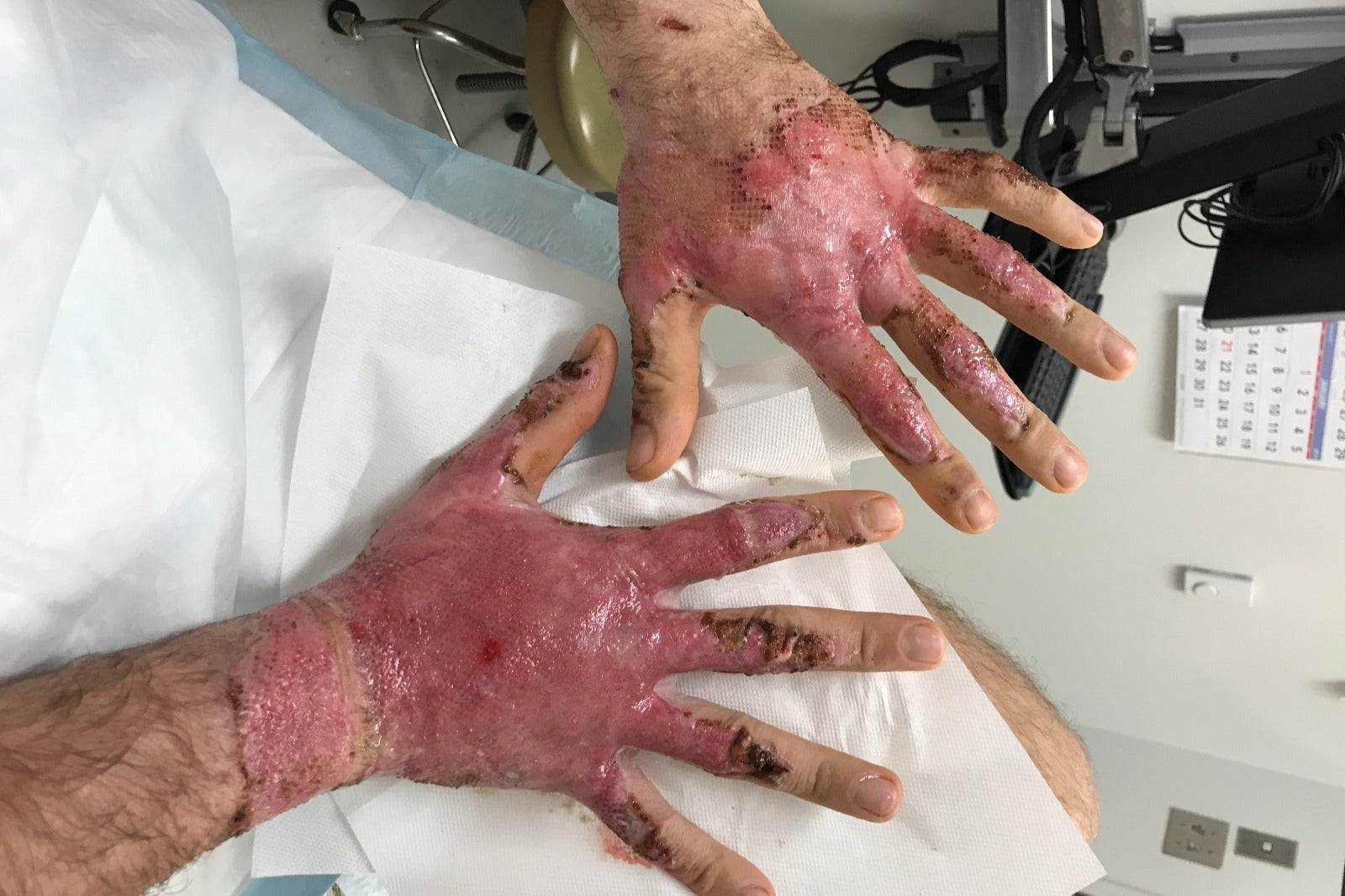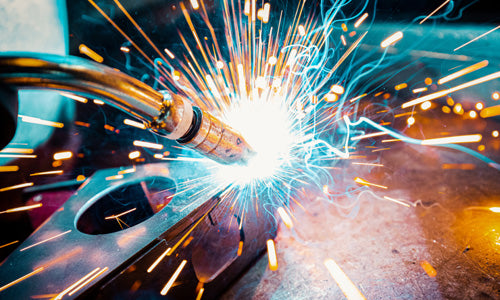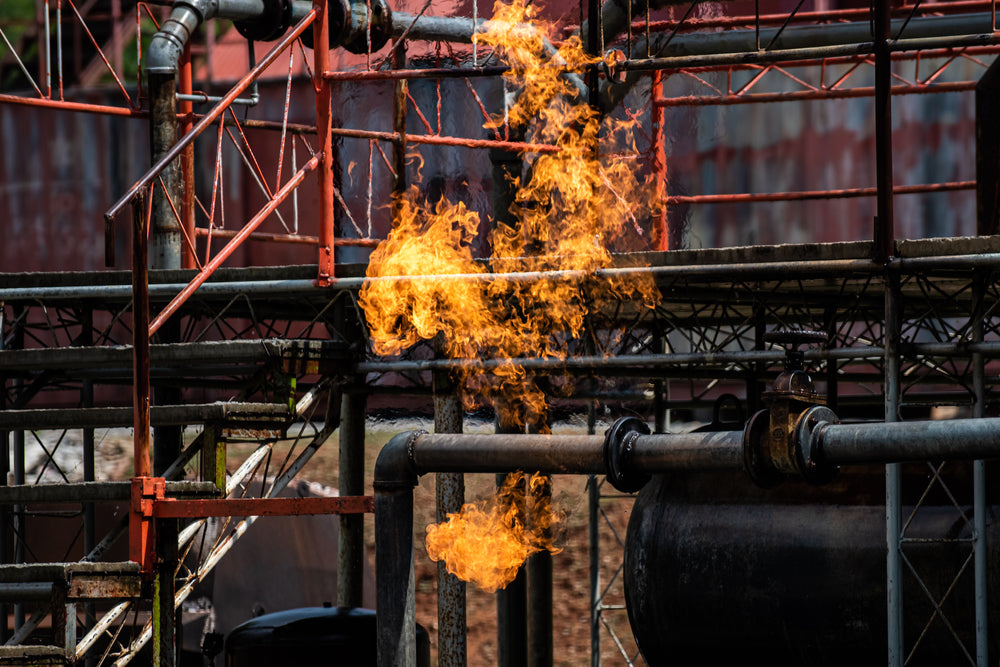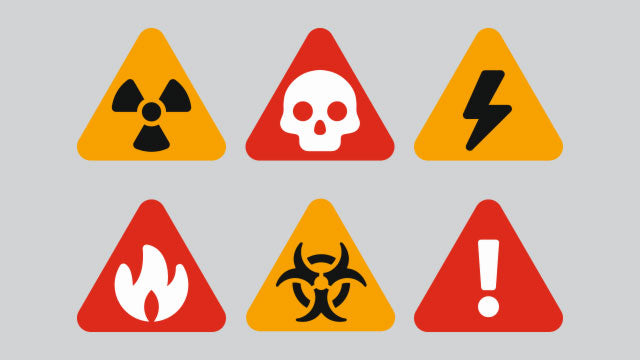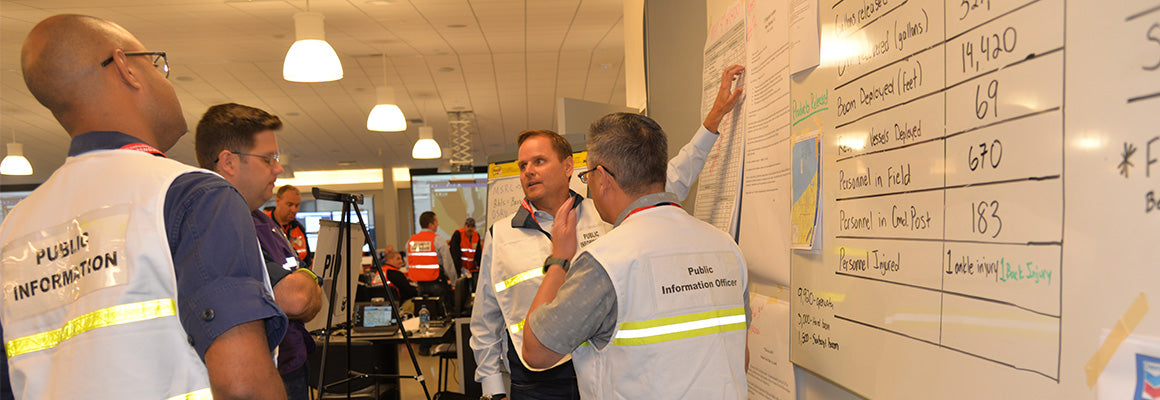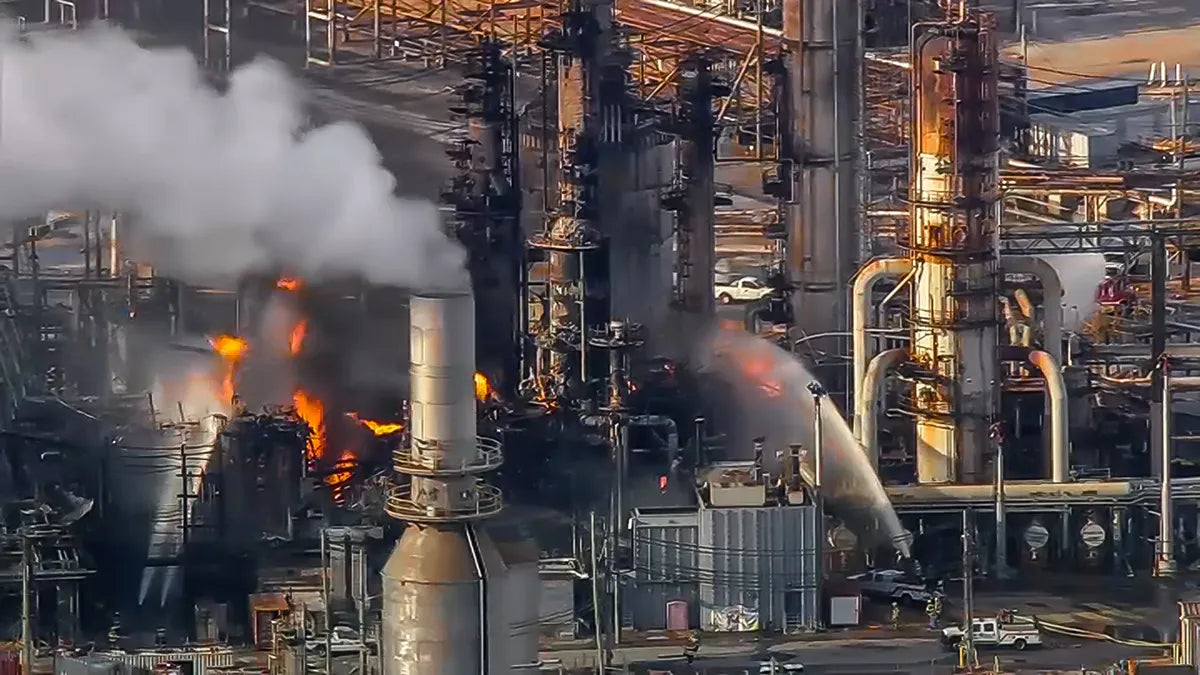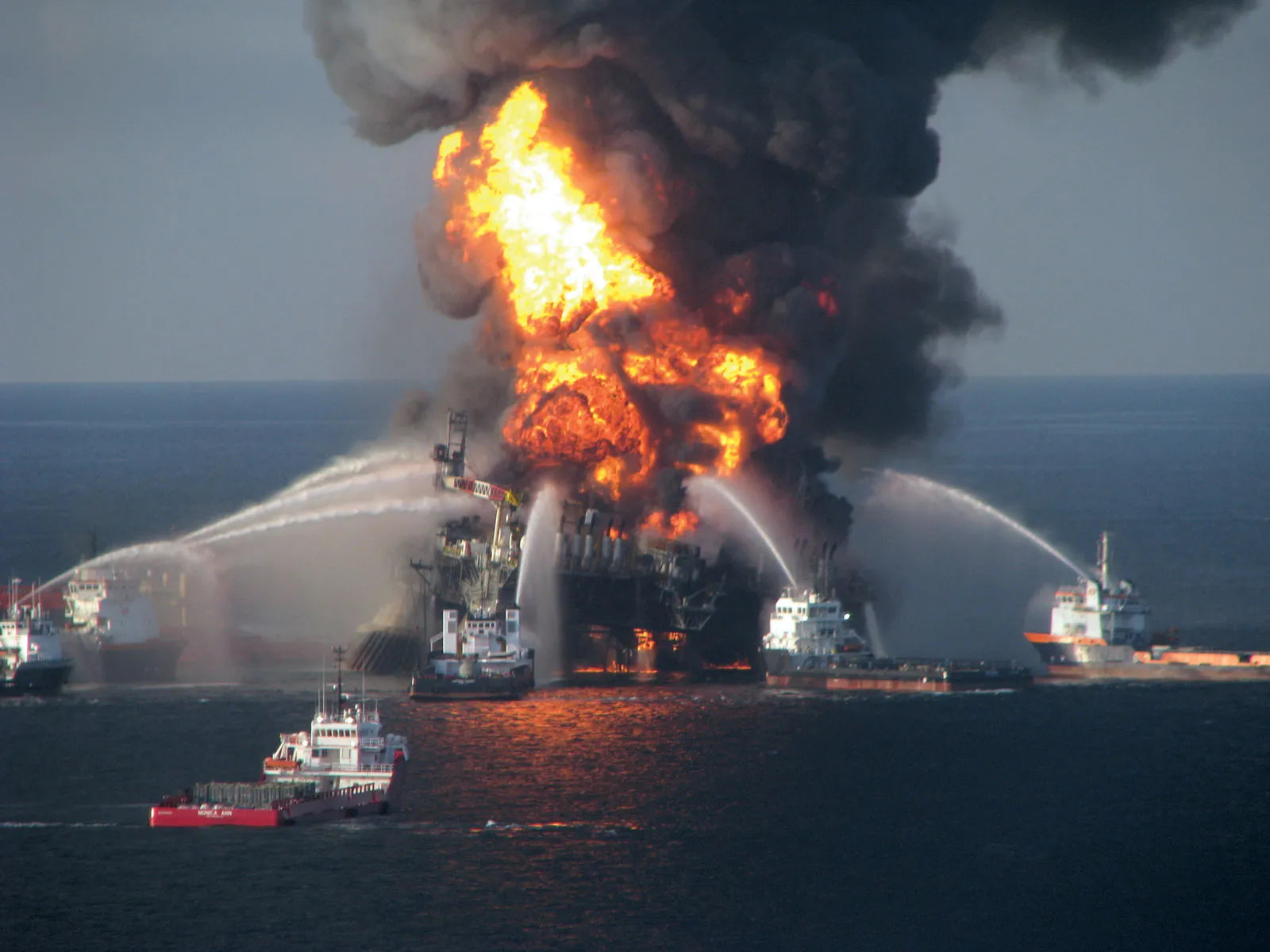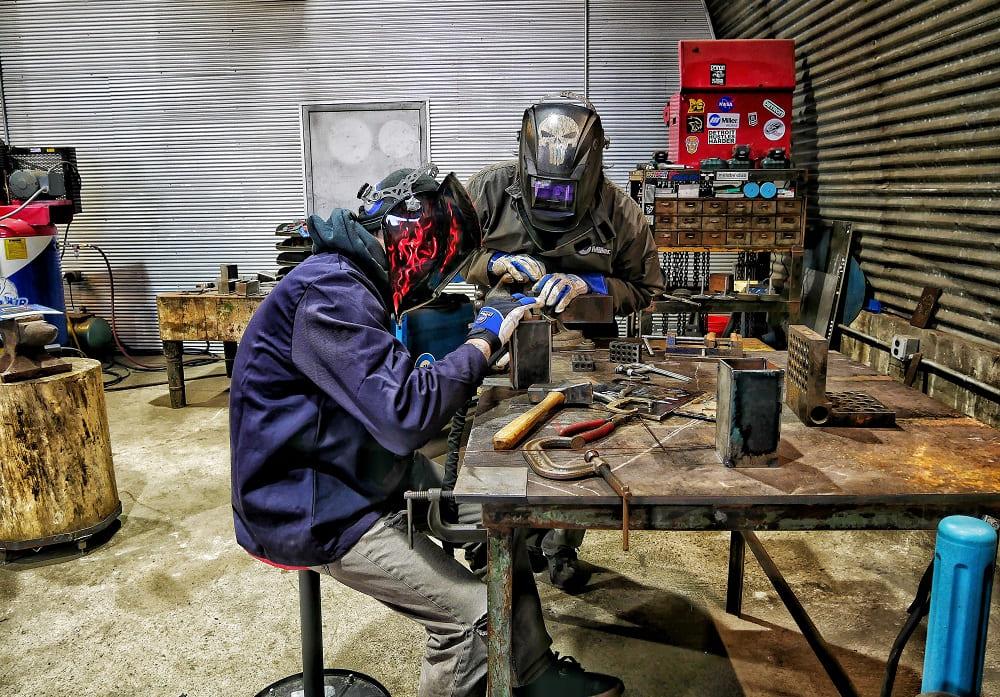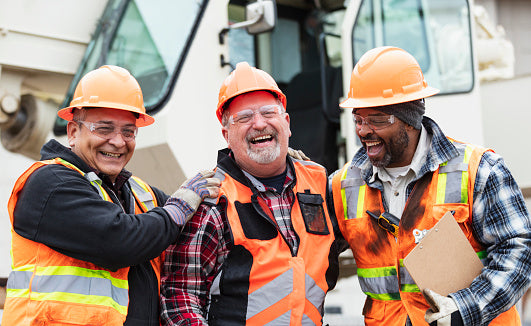

Flame-resistant (FR) clothing doesn’t last forever. Since FR clothing can be expensive to replace, it’s usually best to repair these garments whenever possible. Regularly inspect FR clothing. You and your team should inspect FR clothing before every shift. Be on the lookout for the following warning signs:
- Thinning fabric, holes, tears, cuts, burn marks, and everyday wear and abrasion, especially in joint areas, such as the knees, elbows, and shoulders.
- Noticeably altered garments, including patches, stretching, additional fabric, alterations and anything else that alters the clothing from its original design.
- Nonfunctional elements, such as malfunctioning zippers, pockets, buttons, or seams.
- Uncomfortable fit, including overly large or small garments that cannot be properly secured to the user.
- Permanently stained or soiled fabric, including any spots or stains that cannot be removed with cleaning.
ASTM International has developed two standards for maintenance and repair of FR rated garments. Standard F 1449 Guide for Industrial Laundering of Flame, Thermal and Arc Resistant Clothing, covers the maintenance of garments by industrial laundries. Newly adopted Standard F 2757 Guide for Home Laundering Care and Maintenance of Flame, Thermal and Arc Resistant Clothing provides information for home care and maintenance of flame resistant protective garments.
Nexon FRC does not have a specific guideline on repairs except to follow the ASTM standards. This would also apply to zippers and any other trim or findings item that needs to be replaced. Technical Bulletins that provide detailed laundry and dry cleaning recommendations are available for each type of fabric used in Nexon FRC garments.
Essentially, all repairs must be made with materials equivalent to the original materials present in the garments. In other words, sewing thread and FR mending fabrics equal to the materials used in the original garment. Heat seal FR patches are available and are often used to make small repairs. Always consult the garment manufacturer for detailed instructions and precautions when repairing your FR protected clothing.
Some FR clothing repair best practices:
- Use fabric consistent with the garment’s original fabric regarding FR performance. All fabric and patches should be specially treated with flame-resistant chemicals.
- When sewing seams and patches, use FR rated thread.
- Garment elements, such as zippers, buttons, knit cuffs, draw strings, and reflective tape, should also be FR.
Maintenance tips and techniques to extend the life of your FR clothing:
- Store your FR clothing in a secure, dry, room-temperature location.
- Use caution when handling sharp objects and equipment in the field.
- If your team is working in a particularly hazardous environment, disposable FR coveralls and shawls can help protect your team’s FR clothing.
- Adhere to the manufacturer’s guidelines when washing your FR clothing.
- Invest in quality, well-made FR clothing that will stand the test of time.
Remember, the better you maintain your FR clothing, the less you’ll have to spend on new materials and garments. Always inspect the integrity of garments before putting them back in rotation. Address any issues with your FR clothing right away according to the manufacturer’s guidelines.
